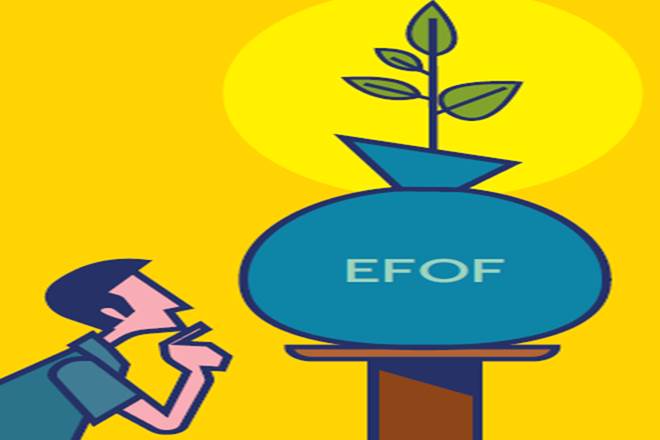Aman was very excited when his first salary got credited last month. He intended to splurge it on his favourite things. But paying heed to his parents, he decided to invest a part of it in an equity mutual fund scheme. A good start for a young graduate, I must say. But this was the easy part.
What came next really staggered him. He had to choose a scheme (or two) from a universe of over 400 equity-oriented schemes. He was confused and undecided as to which scheme he should choose, and eventually didn’t land up investing at all.
Too many choices
This is a textbook example of decision paralysis caused due to too many choices. It would seem that having a large number of options should mean that people could ultimately make a choice that they were happy with. In practice, however, too many choices with a variety of pros and cons can make it very hard for people to choose among them.
Indian mutual fund investors move in and out of equity schemes too often. And this counterproductive behaviour could hurt their investment outcomes. But what could be leading to this behaviour?
Going back to the example. What had made Aman choose equity investing through the mutual fund route? Maybe because he had no time, inclination or expertise to analyse and select stocks, and wanted to outsource the same to experts. But with a variety of mutual fund schemes available, choosing a scheme has become complex making him directly or indirectly responsible for his investment outcome, something he wasn’t equipped to do.
What can an investor do when he doesn’t have the time or expertise to select mutual funds? He can opt for equity fund-of-funds (EFOF) category of mutual funds. These funds invest in other diversified equity schemes, saving you from the critical task of choosing quality, consistent funds for your equity investments.
How do such funds add value?
When a EFOF manager chooses a basket of equity funds for your money to be invested in, the risk of wrong selection of funds is reduced. Single manager risk is also eliminated as your money is exposed to diverse fund management styles. You can gain exposure to a diversified basket of equity schemes with limited capital. The EFOF also reduces the hassles of making and tracking multiple investments. A single NAV is all you need to check. In fact, the fund can rebalance and reallocate your money from underperforming schemes to better performing ones more efficiently than you. This is because as a pass-through vehicle, a mutual fund doesn’t have to pay tax when exiting a scheme. This benefit is passed on to you and eventually translates into higher returns.
How much do these funds charge?
Such funds charge a very nominal fee, over and above the expense ratio of the underlying schemes. This fee includes operating and management costs. Thus, the fee covers costs of researching, selecting, and monitoring the equity investments, taking actions as necessary, keeping the investor’s best interest in mind at all times.
How is an EFOF taxed?
In spite of being an all-out equity fund, the EFOF category is taxed like a debt fund in India. However, long term equity gains are now taxed at 10% with annual exemption of Rs 1 lakh and long-term gains in debt funds enjoy indexation benefits, unlike equity—bringing the two almost at par.
(The writer is senior fund manager, Quantum Asset Management)

